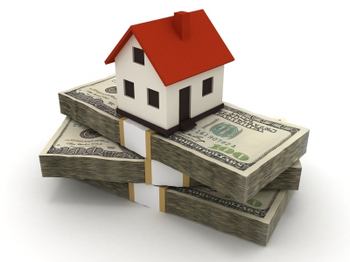 With the housing market slowly making a comeback homeowners are seeing their property begin to produce equity again. Real estate equity jumped more in 2012 than it has in the past 65 years, with equity nationwide rising $8.2 trillion last year. The Federal Reserve reports that as a 25% gain.
With the housing market slowly making a comeback homeowners are seeing their property begin to produce equity again. Real estate equity jumped more in 2012 than it has in the past 65 years, with equity nationwide rising $8.2 trillion last year. The Federal Reserve reports that as a 25% gain.
But the recovery is not only giving homeowners much needed equity the upturn is also encouraging more lenders to make home equity loans, giving homeowners access to cash for that equity.
In the five years leading up to the 2006 real estate peak, Americans went on a spending spree, taking out $800 billion in their rising equity and spending it on everything from cars and tvs to debt consolidation and college tuition. Since the housing collapse banks have written off or deemed “worthless” over $250 million in home equity loans. The rate of current outstanding loans more than 90 days delinquent has dropped 25% in the 4th quarter according to the FDIC. And banks are now seeing home equity loans as a source of income again rather than losses. If loan defaults continue to decline this may be the year that banks see the home-equity business in the black.
Now, there are two types of home equity mortgages. One is an equity line of credit (Heloc) which is an adjustable loan who’s rate is tied to the prime rate (nationally this has averaged around 3.25% since 2008), while the average rate for Helocs are hovering around 5.11%. The other type is a close-ended loan (He-loan), that is dispersed as a lump sum, it is essentially a fixed-rate junior mortgage. These rates nationally are averaging 6.13%. However, lenders usually cap He-loans at 80% of the property’s value, which leaves a mandatory 20% equity in the property.
More good news, for the first time since 2005, the real estate market has added to the U.S. gross national product (GDP). However, despite the upturn, some are still hesitant and have been saving instead of spending. Bank accounts, savings bonds, and municipal securities increased by $500 billion last year (the most since 2007), while net household debt is at its lowest rate since 2005 at $10 billion.
The market is slowly recovering, and we can expect to see more people spending the money their homes are making for them again in the near future.
